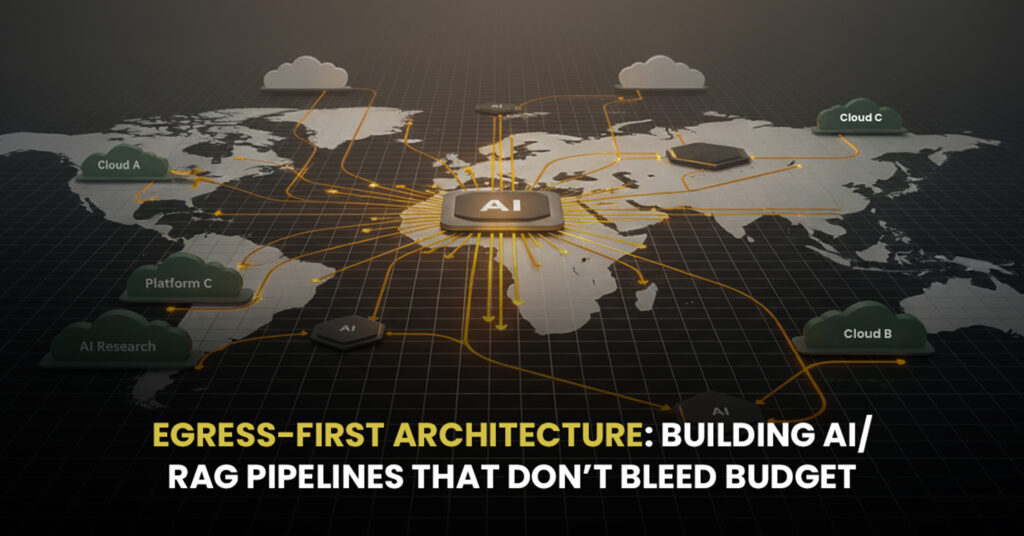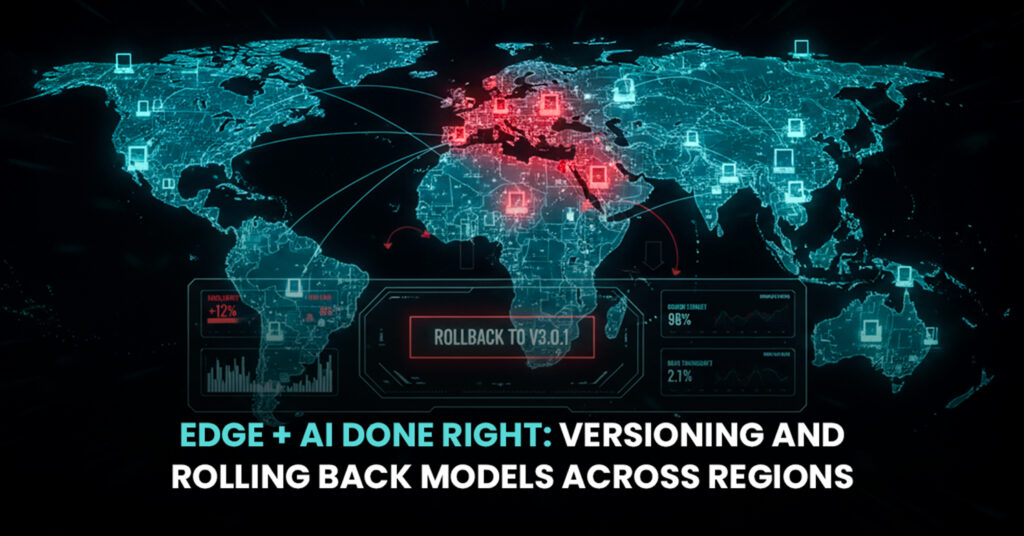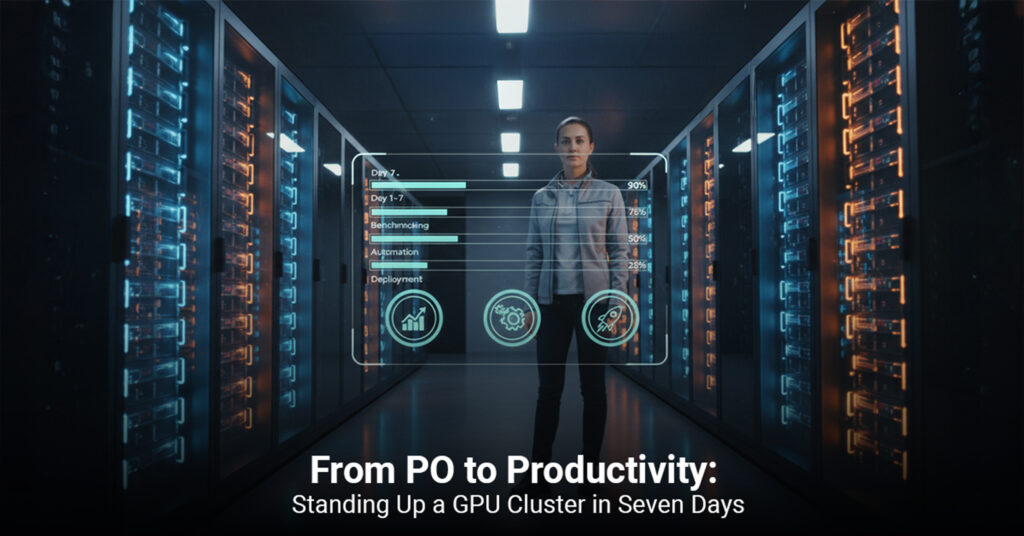In the rapidly evolving world of technology, the concept of AI orchestration is like the next big thing in a blockbuster movie the part where everything comes together in perfect harmony to create something bigger and better. It’s the secret sauce that powers the next level of automation and efficiency. And guess where this magic happens? In the cloud.
But what exactly is “multi-agent AI orchestration,” and why should it matter to you as a business leader, tech enthusiast, or developer? Let’s dive into this fascinating world of interconnected AI agents, cloud computing, and intelligent task networks. Buckle up it’s going to be an exciting ride.
So, What Exactly is Multi-Agent AI?
Imagine a group of highly intelligent assistants working together to achieve a goal. Each one is specialized in a different task, but together, they form a well-oiled machine that gets things done faster, smarter, and more efficiently. That’s what multi-agent AI (MAS) is all about. It’s a system where multiple AI agents collaborate, communicate, and make decisions in a decentralized way to solve complex problems.
In simple terms, it’s like having a team of experts working together on a project, with each expert bringing a unique set of skills to the table. From autonomous cars to smart homes and even robotic surgery, MAS is already playing a huge role in reshaping industries.
The Magic of Large Language Models (LLMs)
Now, let’s sprinkle in some advanced tech: Large Language Models (LLMs). These powerful AI systems, like GPT-4 or other cutting-edge natural language processing (NLP) models, are game-changers in the world of multi-agent AI.
LLMs excel at understanding and generating human-like text, making them ideal for tasks that require interpretation, communication, and decision-making. But how do they fit into the picture?
Think of LLMs as the “translator” or “negotiator” in a multi-agent system. When multiple AI agents need to collaborate, LLMs can step in to interpret complex data, help agents understand each other, and even formulate strategies in real-time. It’s like a digital diplomat making sure everything runs smoothly between your intelligent agents.
For example, in a smart manufacturing system, LLMs can help different agents (robots, sensors, and software) communicate seamlessly. One agent might identify a malfunction, while the LLM ensures the other agents adjust accordingly to keep the production line running.
The Cloud: Fueling AI Orchestration
Now, let’s talk about the cloud. Imagine trying to orchestrate a massive symphony with just one musician impossible, right? The cloud is the orchestra pit where all the musicians (agents) come together, share resources, and perform their parts.
Multi-agent AI systems are complex and require a lot of computing power. This is where cloud infrastructure, like Oracle Cloud, comes in. The cloud provides a flexible, scalable, and high-performance environment for AI orchestration to thrive. With virtually unlimited computing resources, AI agents can scale up or down as needed, ensuring seamless operations without overloading your hardware.
Cloud services offer high-speed data storage, real-time analytics, and robust security measures, allowing multi-agent systems to process vast amounts of data and make decisions quickly. It’s like having a giant digital brain that not only stores the information but also enables rapid collaboration between agents.
Intelligent Task Networks: Automating the Future
Here’s where things get even more interesting: Intelligent task networks. Think of them as the super-smart workflows that enable your AI agents to automatically assign, execute, and complete tasks in real-time without human intervention. These networks are a big deal in industries like logistics, healthcare, and customer service, where speed and efficiency are key.
Imagine an AI-driven supply chain where different agents (inventory trackers, delivery drones, and warehouse robots) work in harmony. The intelligent task network assigns the right tasks to the right agents, ensuring that goods are tracked, transported, and delivered on time. If there’s a disruption say a weather delay the system quickly adapts, rerouting deliveries without human input. It’s like an autopilot for your business processes.
How LLMs and Task Networks Work Together
So, how do LLMs and intelligent task networks play nice together? The magic happens when LLMs help the task networks communicate more effectively.
Let’s take customer service as an example. In a multi-agent AI-driven service center, different agents are responsible for handling inquiries, processing data, and responding to customers. LLMs can act as the mediator, ensuring that the agents can understand and react to customer queries intelligently and in real-time. For instance, if a customer asks a complicated question, the LLM interprets it, assigns tasks to the appropriate agents (e.g., retrieving information from a database, checking product availability), and delivers a precise response in no time.
This collaboration ensures that the system remains efficient, even as customer queries become more complex and varied.
Overcoming the Challenges of Multi-Agent AI Orchestration
As exciting as multi-agent AI orchestration sounds, it’s not without its challenges. With multiple agents working together, things can get messy without the right systems in place.
For one, there’s the issue of security. When AI agents are constantly communicating with each other, data privacy and integrity become crucial. Thankfully, cloud providers like Oracle offer advanced security protocols to keep your data safe, ensuring that every agent operates within a secure environment.
Then there’s interoperability. With agents from different systems needing to collaborate, ensuring they speak the same language is essential. Cloud infrastructure plays a key role here by offering platforms that support seamless integration across various systems, making sure your AI agents don’t just communicate they collaborate effectively.
Looking to the Future: Where is Multi-Agent AI Headed?
We’re just scratching the surface of multi-agent AI orchestration. As AI continues to evolve, so will the capabilities of multi-agent systems. With advancements in technologies like federated learning and decentralized AI, we’re moving towards a future where AI systems not only collaborate with each other but also learn and adapt without human input.
The potential applications are endless: from personalized healthcare solutions and autonomous vehicles to smarter cities and more efficient supply chains. The future of multi-agent AI in the cloud is full of possibilities, and businesses that embrace this technology today will be ready for tomorrow’s challenges.
Wrapping Up: The Power of Multi-Agent AI Orchestration
Multi-agent AI orchestration is the glue that binds the future of intelligent automation. By combining the power of LLMs, intelligent task networks, and cloud computing, businesses can unlock new levels of efficiency, scalability, and innovation. Whether you’re streamlining your operations, enhancing customer service, or automating workflows, this technology is poised to reshape industries across the board.
So, the next time you think about cloud computing, AI, or task automation, remember: the future is all about collaboration. And in the world of multi-agent AI, it’s teamwork that makes the dream work.



